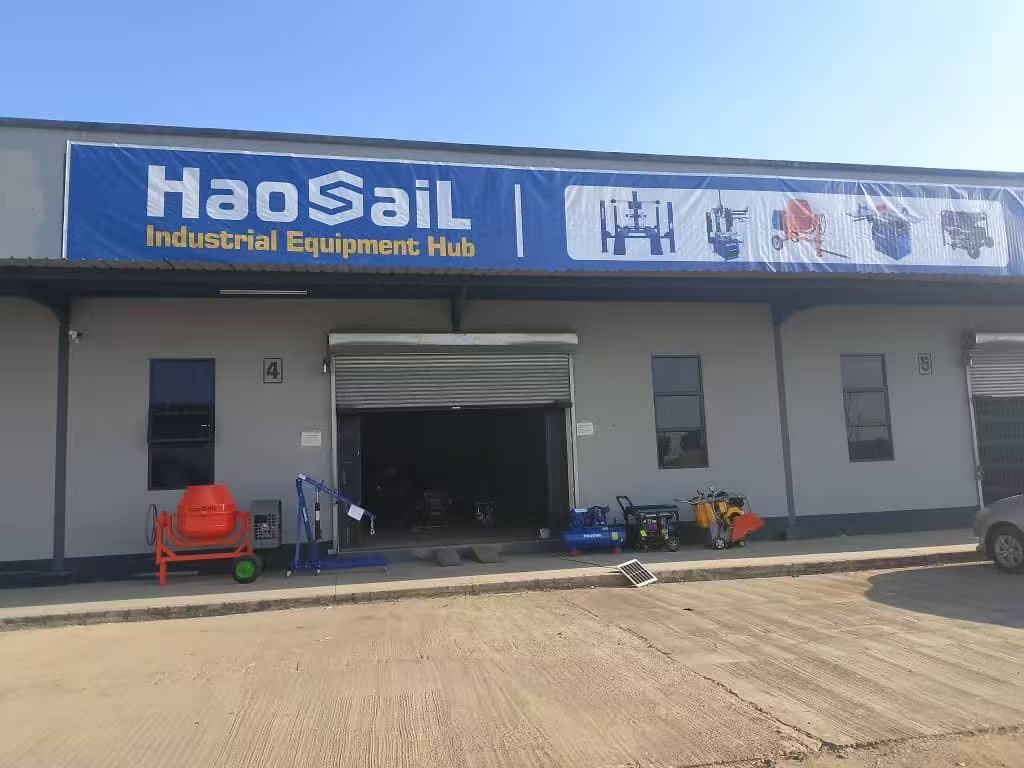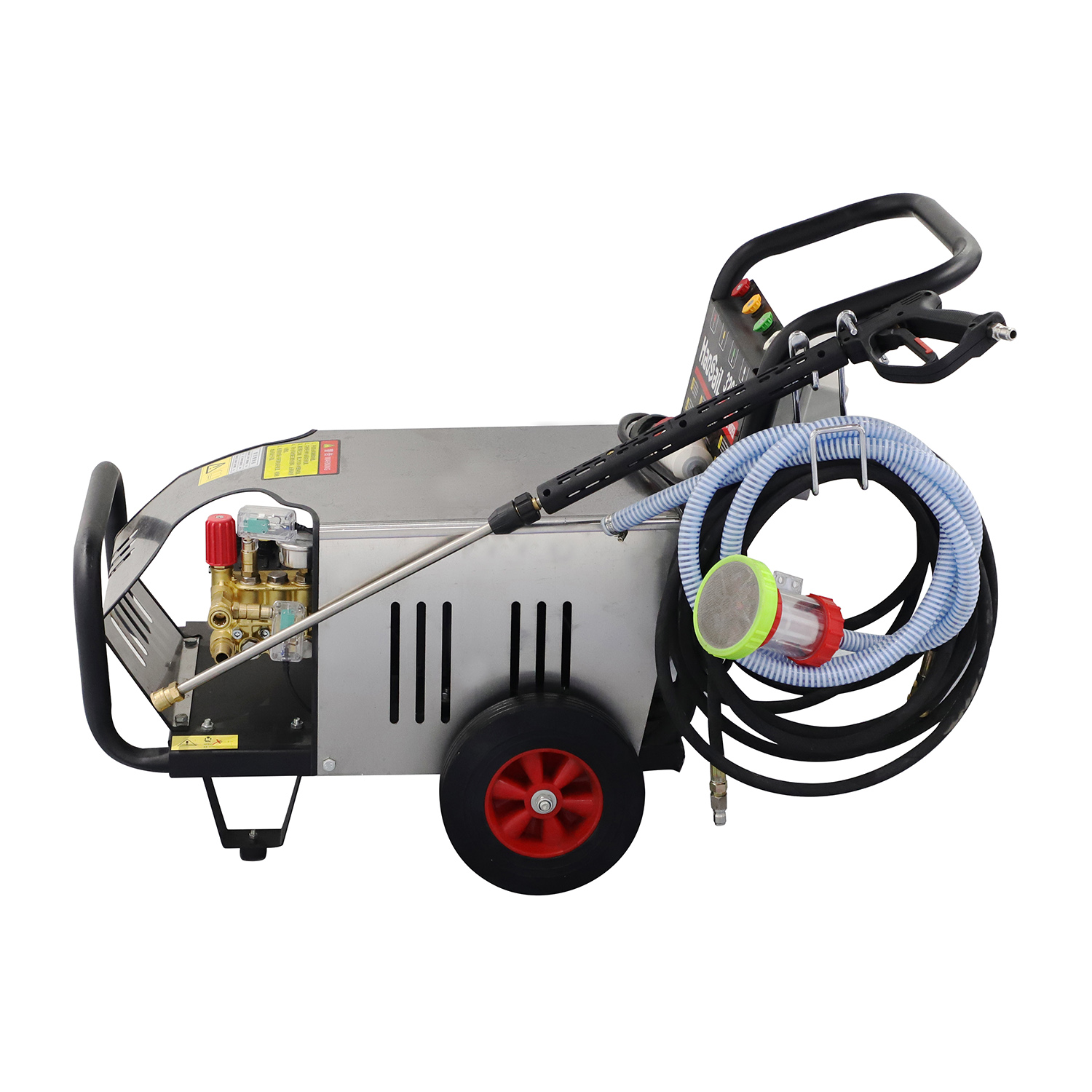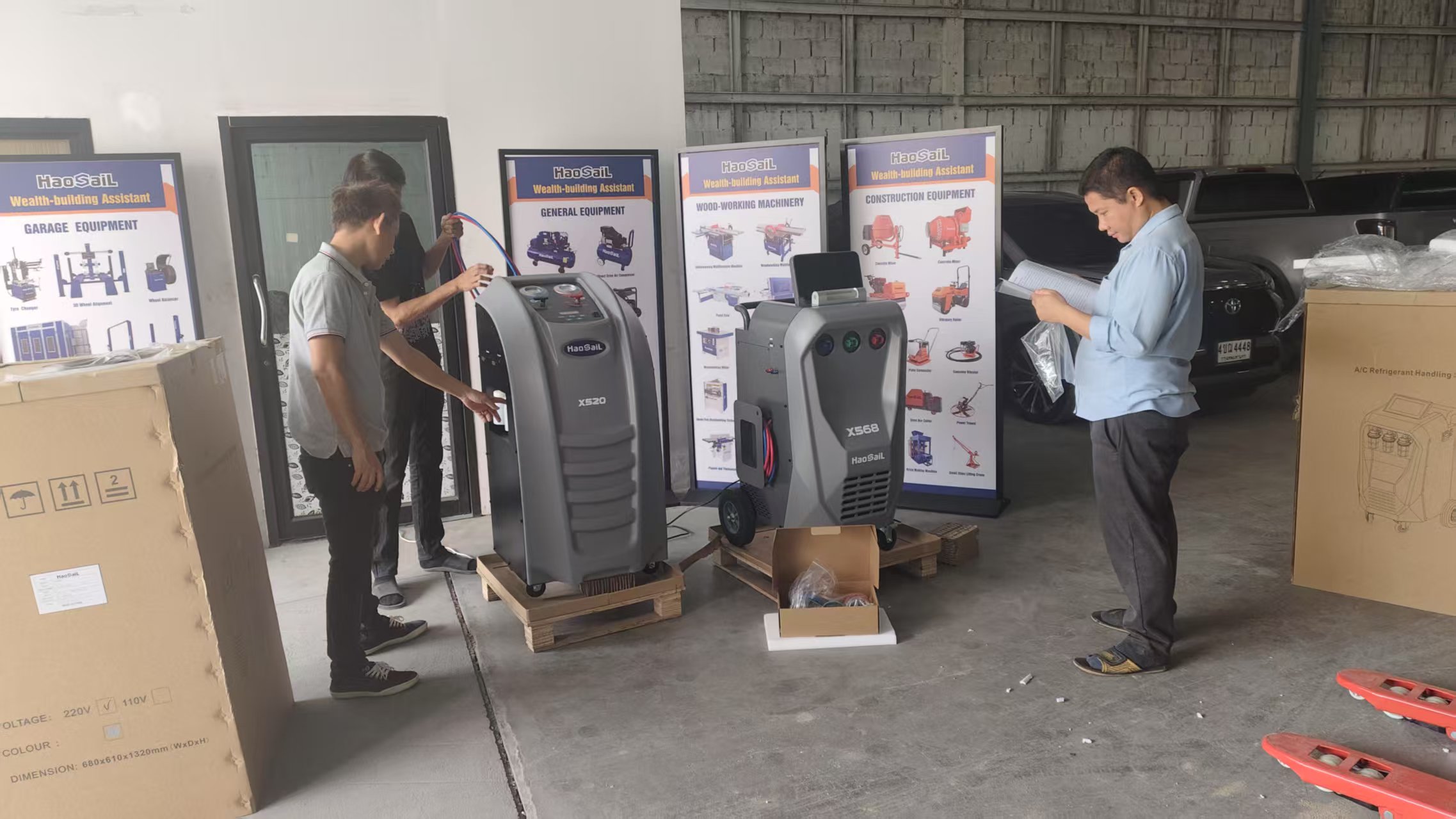
Aug 27, 2025

Aug 12, 2025

Jun 04, 2025

May 30, 2025
B4, Qingdao High-Tech Zone, No. 17 Songyuan Road, Qingdao.
+86 13864822549
Forklifts are pieces of material handling equipment widely used in warehouses, factories, logistics centers, and other venues. They can lift and move heavy objects, greatly improving work efficiency and safety. Here is some basic information about forklifts:
1. **Types**: Forklifts come in various types, including electric forklifts, internal combustion forklifts, and manual forklifts. Electric forklifts are powered by batteries and are suitable for indoor use; internal combustion forklifts use diesel or gasoline and are suitable for outdoor use; manual forklifts rely entirely on human power to operate.
2. **Functions**: The primary function of forklifts is to transport and stack goods. They can lift goods to a certain height and move them within limited spaces.
3. **Operation**: Operating a forklift requires professional training and certification. Operators must understand safety procedures to ensure safety during operation.
4. **Maintenance**: Forklifts need regular maintenance and inspection to ensure their performance and safety. This includes checking the hydraulic system, battery, tires, lights, etc.
5. **Safety**: Forklift operation safety is very important. Operators must follow safety procedures, including wearing appropriate safety equipment, ensuring clear visibility, and staying alert during operation.
6. **Regulations**: Different countries and regions have different regulations and standards for the use of forklifts, and operators need to understand and comply with local regulations.
Our forklift with diesel engine has the following features:
1. Ergonomic design provides comfortable operation space
2. High load integrated frame makes the forklift safe and durable
3. Streamlined design looks beautiful and generous
4. New oil pressure system is stable and reliable
5. Brand power has low noise and environmental protection

Conducting daily safety inspections of forklifts is an important step to ensure the safe operation of forklifts and prevent accidents. Here are some basic steps for daily safety inspections:
1. **Visual Inspection**:
- Check the overall appearance of the forklift for any obvious damage or wear.
- Inspect the forklift frame, mast, forks, tires, and fork tips for cracks, deformation, or damage.
2. **Tire Inspection**:
- Check if the tire pressure complies with the manufacturer's specifications.
- Inspect the wear condition of the tires to ensure there is no excessive wear or damage.
3. **Hydraulic System Inspection**:
- Check if the hydraulic oil level is normal and ensure there are no leaks.
- Inspect hydraulic hoses and connections for leaks or damage.
4. **Electrical System Inspection** (for electric forklifts):
- Check the electrolyte level and charging status of the battery.
- Inspect cables and connectors for damage or corrosion.
5. **Fuel System Inspection** (for internal combustion forklifts):
- Check the fuel level and ensure there are no leaks.
- Inspect fuel lines and connections for leaks or damage.
6. **Lighting and Signal Equipment Inspection**:
- Check if the headlights, taillights, turn signals, and horn are working properly.
7. **Control and Operation Inspection**:
- Check if all control devices (such as accelerators, brakes, steering systems) are responsive and free of sticking.
- Inspect the operation levers and pedals for flexibility and damage.
8. **Safety Belt and Seat Inspection**:
- Ensure the safety belt is secure and undamaged, and the seat adjustment is appropriate.
9. **Warning Labels and Signs**:
- Check if all warning labels and operational signs are clearly visible.
10. **Cleaning and Hygiene**:
- Clean the forklift to ensure the operating area is free of debris, especially on the forks and mast.
11. **Emergency Equipment Inspection**:
- Check if the emergency brake and emergency stop button are working properly.
12. **Firefighting Equipment Inspection**:
- Check if the fire extinguisher is in place and within its validity period.
13. **Load Stability Inspection**:
- Before loading goods, check the stability and balance of the cargo.
14. **Pre-operation Test**:
- Conduct a brief test before operation to ensure all systems are working properly.
After each inspection, the results should be recorded, and any issues found should be promptly repaired or replaced. Regular safety inspections help prevent accidents and extend the service life of the forklift.